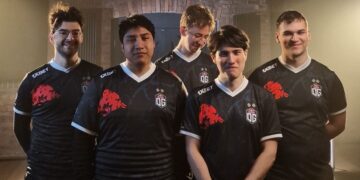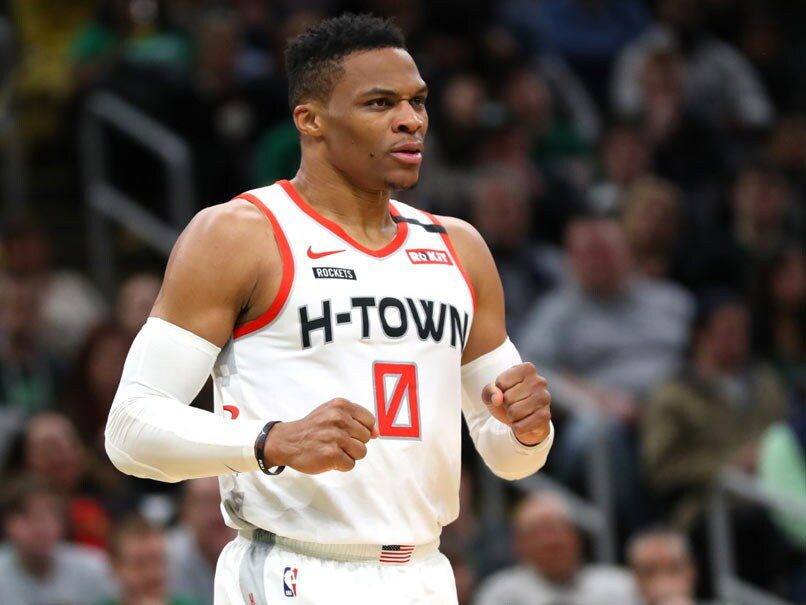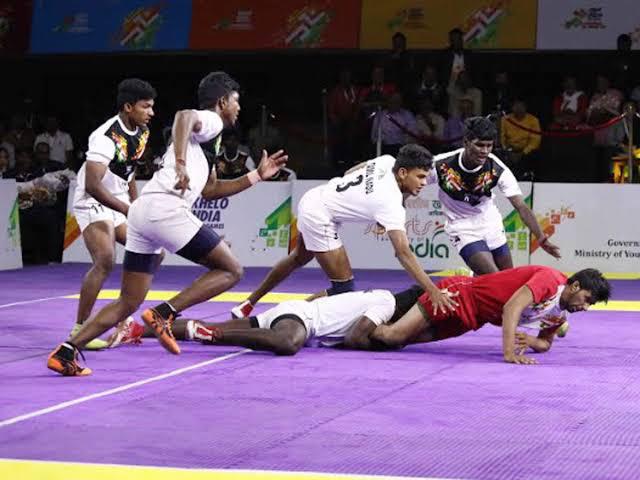
Analysis on Newcastle United and why goals seemed to have dried up without Alexander Isak.
Once one of the Premier League’s most dynamic attacking sides, Eddie Howe’s Newcastle team now look strangely blunt in front of goal.
Selling Alexander Isak to Liverpool in the summer has left a void that the Magpies are still trying to fill. Despite Nick Woltemade’s positive start on an individual level, the early numbers suggest the team are still struggling.
Besides Woltemade’s four Premier League goals, only three different players have scored for Newcastle so far this season, which was analysed more in our piece ranking Premier League teams based on how reliant they are on one player.
So why have the goals dried up?
Newcastle’s Attack Has Lost Its Cutting Edge
Selling your best player never comes without pain. When that player is 25, entering his prime, and central to your entire attacking structure, it can define a season. That’s where Newcastle find themselves after sanctioning Isak’s £120 million move to Liverpool in August.
During his three years on Tyneside, Isak provided 63 goals and assists in the league and helped Newcastle qualify for the Champions League twice. His combination of movement, finishing, and ability to create something from nothing was central to their identity.
Without him, the numbers have dipped pretty concerningly. After nine Premier League games, Newcastle sit 12th in the table with 12 points, boasting one of the best defences in the league – but one of the worst attacks.
Only Nottingham Forest, Wolves, and West Ham have scored fewer than their nine-goal tally, and their non-penalty expected goals (xG) per 90 minutes has dropped from 1.46 last season to 1.06, according to StatsBomb.
That doesn’t seem like a blip.

Few teams defend as well as Newcastle right now – but their xG for tells the real story of why goals have dried up.
Why Newcastle’s Chance Creation Has Collapsed
Under Howe, Newcastle have typically been direct and vertical – quick to get the ball forward, quick to attack space. But the structure that once suited Isak now looks slightly one-dimensional without him.
Opta data shows they rank:
- 17th in sequence time (how long they keep the ball before shooting),
- 15th in 10+ pass sequences, and
- 11th in open-play sequences reaching the box.
They still go long more than most (5th in the league for long passes attempted), but they’re struggling to create consistent pressure once those second balls are recovered.
The result? Possession that looks energetic but rarely dangerous.

Long passes attempted vs completed. Newcastle rank among the league’s most direct teams. Data source: FBref
A Blunt Left Side and a Lopsided Attack
Injuries haven’t exactly helped things. With Lewis Hall out, Dan Burn has been back at left-back – a solid defender, yes, but one who doesn’t exactly stretch defences.
Newcastle’s shape often becomes an asymmetric 4-3-3, where Burn tucks in deep and Anthony Gordon is left to do most of the work on the flank.
Woltemade often drops short to link play, which creates a box midfield but removes the central threat in behind. On the right, however, Kieran Trippier, Bruno Guimaraes, and Jacob Murphy offer more fluid combinations. As a result, most of their attacking play comes down that right-hand side.
Guimaraes remains the conductor – his short, vertical passing and positioning between the lines keep Newcastle moving. But his influence can only go so far when runners and finishing quality around him have dipped.
Too Many Crosses, Not Enough Penetration
The data paints a clear picture: Newcastle are crossing too much, and finishing too little. They’ve attempted 198 crosses this season, the fourth-highest in the Premier League, yet very few lead to high-quality chances.
Without Isak’s penalty-box instincts, those deliveries often meet nobody. Sure, Woltemade is a greater threat aerially, but his preference to hover near the edge of the area instead of attacking the six-yard box has made Newcastle’s attack predictable.
Their shot map is filled with low-quality efforts from wide or crowded positions.

Newcastle’s total shot map and shot quality after nine Premier League games. Graph provided by StatsBomb.
How Set Pieces and Pressing Are Keeping Newcastle Afloat
Two things are keeping Newcastle’s attack from completely drying up.
-
Set pieces remain a strength.
They rank 4th in shots from dead-ball situations and 5th in expected goals (xG) from set plays, with 35% of their total xG coming from these situations. In an era when Premier League clubs are increasingly relying on set pieces for marginal gains, Newcastle are near the top. -
Their pressing still creates moments of chaos.
They rank 3rd in high turnovers and 6th in shots generated from those regains, according to Opta. However, the absence of Isak’s killer instincts means those opportunities often fizzle out before becoming shots on target.
Newcastle’s Defence Remains Elite
While their attack falters, their defensive numbers remain among the league’s best. They’ve conceded the 3rd fewest shots and 2nd fewest non-penalty xG.
Howe’s aggressive, man-to-man press still suffocates opponents, with Newcastle leading the league in counterpressures and regains in the opposition half (StatsBomb).
But that aggression has risks. Their 4-5-1 mid-block can be bypassed when teams find pockets between midfield and defence. Both Brighton and Arsenal exposed those spaces in transition, exploiting Newcastle’s flat midfield line and lack of compactness when the press is broken.
Can Eddie Howe Fix Newcastle’s Attack?
Newcastle under Howe have developed a reputation for floor-raising football – well-drilled and difficult to beat, but limited when you take out elite attacking quality. Losing Isak, plus the PSR-driven sales of Elliot Anderson – who they are rumoured to be willing to resign – and Yankuba Minteh has left them thin in creative areas.
Their attack is functional rather than fluent, reliant on pressing traps and set plays rather than sustained possession or combinations through the middle.
Unless they find new ways to generate high-quality chances – whether that’s quicker midfield rotations, more runners from deep, or a change in forward profile – their ceiling this season will be pretty limited.
Still, their defensive solidity means they’ll never drift too far down the table. In a chaotic Premier League season, a top-five finish and a Champions League spot is still achievable.





































